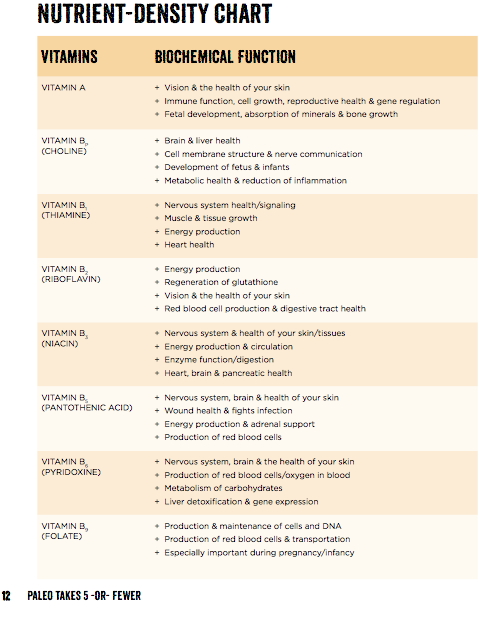We've often mentioned micronutrients and eating nutrient dense foods on the blog, but what exactly are we talking about? Let's start with the small stuff.
Micronutrients are vitamins, minerals and antioxidants not produced in the body and derived from food. They are needed in small amounts, but are nonetheless are vital to development and disease prevention and contribute to functions such as DNA repair, slowing of oxidative damage, protection against infection, energy generation, nervous system balancing and bone mineralization. Every system in the body depends on micronutrients to thrive. According to the CDC (Center for Disease Control), over 2 billion people worldwide, including 1/2 of the children up to age 5, are deficient in at least one micronutrient. Examples of micronutrients include calcium, iron, magnesium, potassium, selenium, folate, vitamins A, D and K, zinc, and a whole suite of B vitamins - biotin, niacin, pantothenic acid, riboflavin, thiamin. Below is a list of micronutrients and their specific functions in the body, taken from the book, Paleo Takes Five - or - Fewer, by Cindy Sexton.
Now what about nutrient density? Very loosely, nutrient density is a term referring to the amount of nutrients packed in a food by volume. Certain foods such as organ meats and oysters are so jam packed with nutrients, a single serving once a week will supply the body with all the nutrients it needs. When thinking about which foods to include in your regular meal rotation, it's important to keep this in mind. What foods give you the biggest bang for the buck? Aside from organ meats and oysters, herbs and spices, nuts and seeds, cacao, fish and seafood, grass-fed beef, lamb, veal and wild game, vegetables, pork, pastured eggs and dairy (especially grass-fed butter), pastured poultry are at the top of the list.
The next question is, can one overdo it? The answer to that is yes. Just about everything in life is dose dependent. We increase the chances of developing a food allergy towards foods we over consume. (The same goes for foods we don't consume enough of)! This problem is naturally resolved for us by Mother Nature. It is one of the reasons vegetables grow at specific times of the year and why the availability of animals for hunting and seafood for fishing varies throughout the course of a year. We are designed to nourish ourselves accordingly, and benefit from the diverse number of nutrients each food has to offer. Now that we have access to any food we can imagine at anytime of year, it has become easy to abuse the consumption of foods, with the push of a button. And there, my friends, is an important argument for eating seasonally and locally.
Having this information makes it somewhat easier to make decisions about what foods are important to have on the menu on a frequent basis. For us, it is especially useful for feeding our daughter while we still have the ability to control what she eats to some degree. Now that we are approaching the end of summer and she will be going back to school, you can bet we load her lunches with as many nutrient dense foods we can get in there without totally making her feel like the "weird" kid in her class.
Our next post will be specifically on that...school lunch ideas. You won't want to miss that one!



